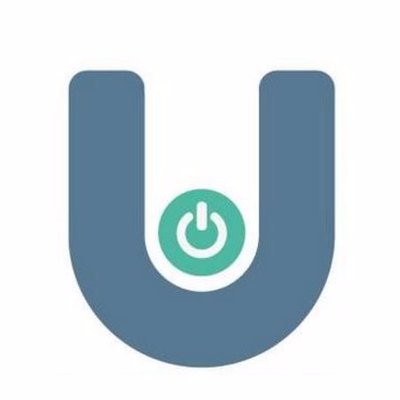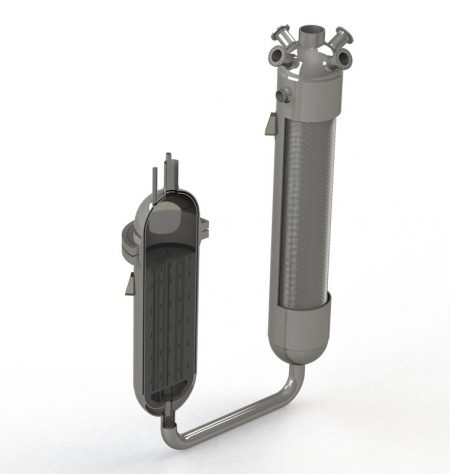February 24, 2018 – There are two big problems with the current state of nuclear power plants.
- They are big installations that cost billions of dollars and take a decade to go from application to going online.
- They produce spent fuel rods and other radiation emitting waste which currently presents a continuing environmental challenge.
But what if we could shrink nuclear power plants, making it possible to use the technology in microgrids and remote locations? And what if we could make it intrinsically safe?
A team at the University of Manchester in the United Kingdom and Delft University in the Netherlands set out to create a small-scale modular reactor that would be designed to work like a battery. They completed feasibility studies in 2011 and the end result was an invention they have called the U-Battery.
So other than describing it as a nuclear reactor encapsulated in a battery form factor, what are we talking about?
The U-Battery is:
- a self-contained, 10-Megawatt closed-system micro nuclear reactor with a low upfront cost designed as a cogeneration unit to produce both heat and power.
- assembled in a factory for delivery to a location with minimal site preparation requirements including elaborate backup safety systems.
- powered by 200 kilograms (about 440 pounds ) of TRISO (Tristructural-isotropic) fuel in pellet form containing 20% uranium dioxide, uranium oxycarbide, uranium metal, or thorium at the core surrounded by multiple layers of graphite and silicon carbine to inhibit the radioactive materials while producing significant heat.
- capable of being located in proximity to point of use.
- a low-carbon energy source for power and heating.
- able to generate hydrogen for commercial uses including fuel cells and hydrogen-powered vehicles.
- a solution that can be deployed in water-scarce regions where it can provide the power for desalination projects.
- refuelable every 5 to 10 years (just return it to the factory where the spent fuel can be replaced).
Its inventors describe the technology as a solution for the energy “trilemma.” That’s because it is low-carbon, secure and safe, and low-cost.
I had first heard about modular small-scale nuclear reactors a few years ago and wrote about them at this blog site. But on February 23, yesterday, I became aware of U-Battery because it announced it was establishing a Canadian subsidiary to work with Urenco, a fuel enrichment company, Bruce Power, and AMEC NSS Limited, on the deployment of the technology to as many as 300 sites across Canada. Initially, a demonstration reactor would be deployed at Bruce Power’s home site on the edge of Lake Huron. The first unit should be in place in the early 2020s.
The company partnership hopes to address the needs of some 300 remote communities in Canada that are currently not connected to the power grid and rely on expensive and carbon polluting diesel generators. The partnership is also looking at the U-Battery as a solution for off-grid remote heavy industry locations such as northern mining and processing sites.










